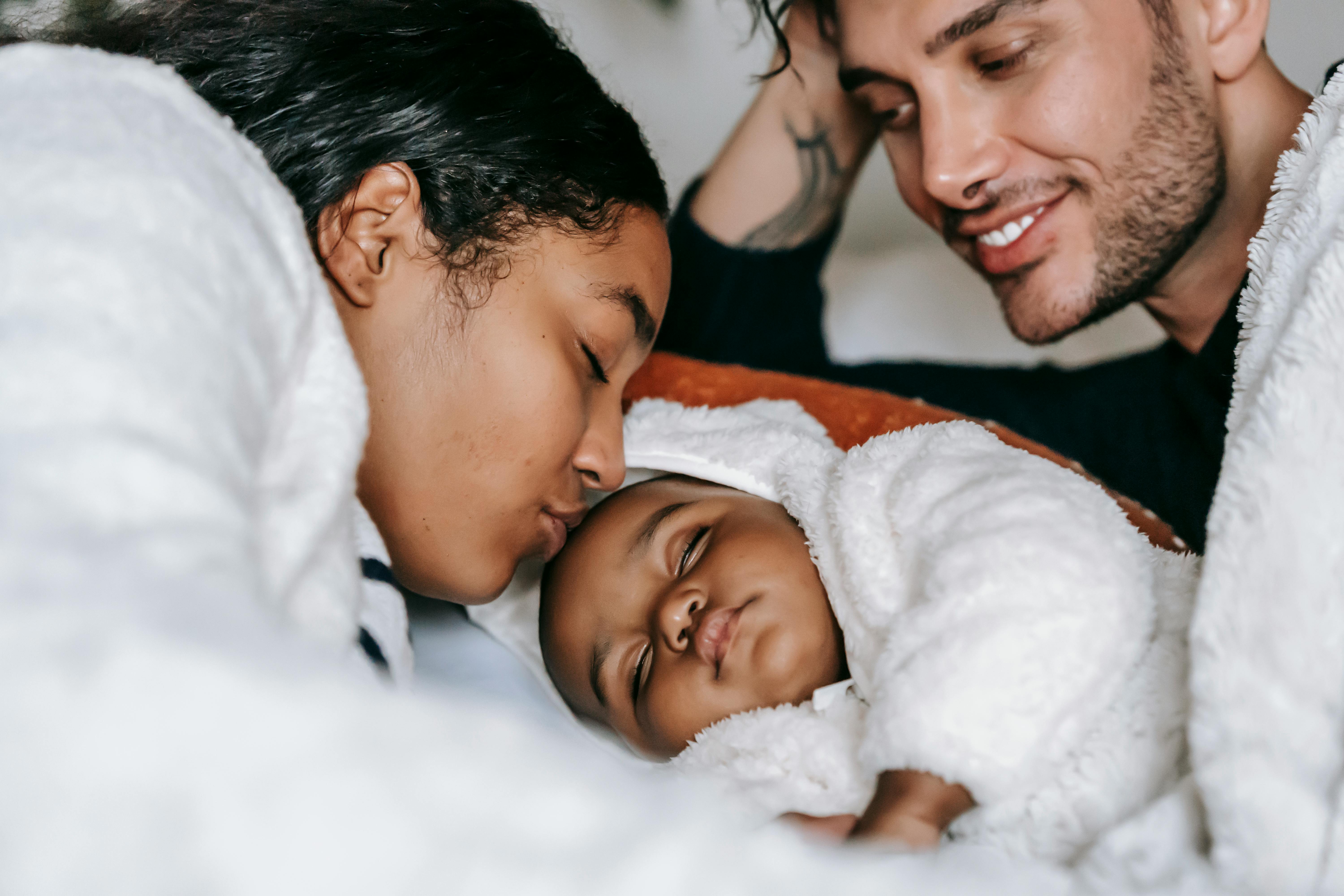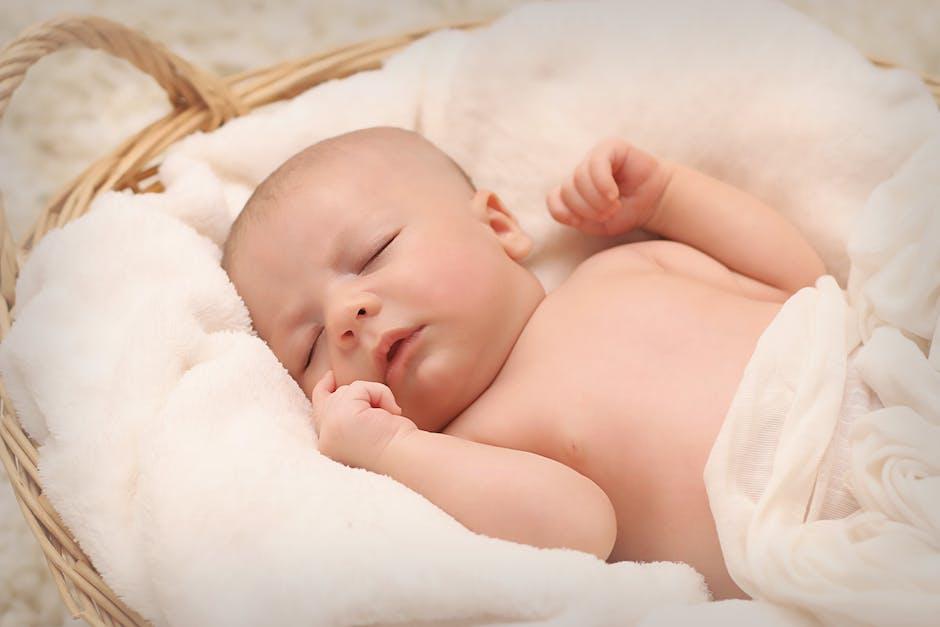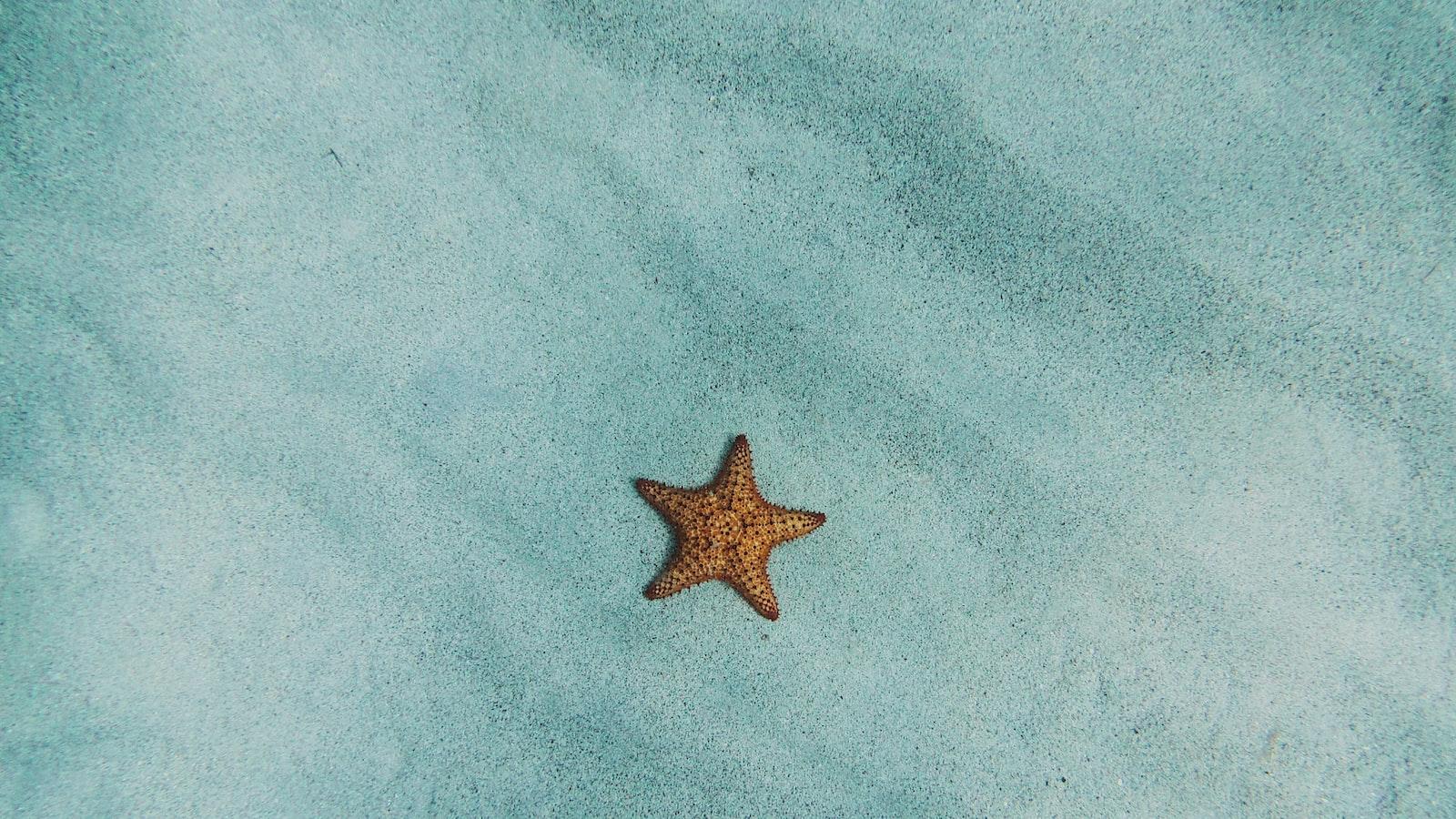The fumes produced by paints can be dangerous to your newborn baby‘s health. Inhaling paint fumes can cause a range of adverse health effects, from mild irritation to serious neurological damage. It is important to understand the risks and take steps to protect your newborn baby from exposure to paint fumes. This article will discuss the potential effects of paint fumes on a newborn baby, as well as ways to limit their exposure.Paint fumes can have a negative impact on a newborn baby. The chemicals in paint fumes are dangerous for babies and can cause health issues such as respiratory problems, eye irritation, and headaches. In addition, paint fumes can also cause developmental delays and could even be toxic if inhaled in large amounts. It is important to take precautions to ensure that the baby is not exposed to these harmful fumes. Keep the baby away from any areas that have been recently painted and allow the paint to dry thoroughly before returning the baby to the area. Additionally, ensure proper ventilation when painting, such as opening windows and using fans, to help clear out any lingering fumes.
What Are the Risks of Paint Fumes to Newborn Babies?
Paint fumes can be dangerous for newborn babies, as their bodies are still developing and not yet equipped to handle high levels of volatile organic compounds (VOCs) that can be emitted from paint. VOCs can have short-term and long-term effects on newborns, and even low levels of exposure can cause side effects. The most common side effects include breathing difficulties, skin irritation, eye irritation, nausea, dizziness, headaches, and fatigue. Additionally, long-term exposure to paint fumes can lead to a range of illnesses such as asthma and allergies in the baby.
It is important that pregnant women and parents with young babies avoid exposure to paint fumes. Even when painting outside the home or in a well-ventilated area there is still a risk of exposure. To minimize this risk it is important to use zero-VOC paints or low VOC paints that contain fewer toxic chemicals. It is also essential to wear protective gear such as masks and gloves while painting in order to reduce the risk of inhaling harmful fumes.
Finally, it is important that new parents be aware of the risks associated with paint fumes and take steps to minimize their exposure during pregnancy and after the child is born. This includes avoiding painting activities in the home until the baby has reached an age where they are no longer at risk from inhalation of toxins associated with paint fumes.
What Health Issues Can Paint Fumes Cause in My Newborn Baby?
Paint fumes can cause serious health issues in newborn babies, particularly those who are born prematurely or have existing respiratory problems. Exposure to paint fumes can cause breathing difficulty, irritation of the eyes, nose and throat, headaches, dizziness and nausea. Long-term exposure to paint fumes can cause more serious health issues such as asthma, lung cancer and other respiratory illnesses. It is important to take precautions when painting in a home with a newborn baby present.
The best way to protect your newborn from any potential health problems related to paint fumes is to always keep them away from areas that are being painted. Make sure there is adequate ventilation in the area where painting is taking place and never allow your baby into a room until all the paint has been dried completely. If possible, have someone else care for your baby while you are painting so that they are not exposed to any of the fumes. Additionally, it is important to use low VOC (volatile organic compound) paints and sealants when possible as these emit fewer toxic fumes than traditional paints.
If your baby does happen to be exposed to paint fumes, it is important to monitor for any signs of distress such as coughing or difficulty breathing. If you have any concerns about your baby’s health after being exposed to paint fumes, contact your healthcare provider immediately for further evaluation and treatment.
What Should I Do If My Newborn Baby Is Exposed to Paint Fumes?
It can be extremely concerning if your newborn baby is exposed to paint fumes. Exposure to paint fumes, particularly from oil-based paints, can cause health problems in infants, such as eye and respiratory irritation, as well as more serious long-term effects. Therefore, it is important to take the necessary steps to ensure your baby’s health and safety.
The first thing you should do if your newborn baby has been exposed to paint fumes is seek medical attention. It is important to consult with a doctor who will be able to assess the extent of the exposure and determine what treatment may be needed. Your doctor may also advise you on any additional steps that should be taken in order to protect your baby’s health.
Once you have consulted with a doctor, it is important that you take steps to reduce the level of exposure your newborn baby has received. Open windows and doors in the room where the painting was taking place in order to help ventilate the area and reduce the levels of paint fumes present in the atmosphere. Additionally, try moving any furniture or other objects away from where the painting was taking place in order to further reduce any potential exposure.
If possible, try to limit the amount of time that your newborn spends in areas where there may still be paint fumes present. It may also be wise to invest in an air purifier for this space which can help remove any lingering paint particles from the air. Furthermore, it is beneficial if you can monitor your baby for any signs of irritation or distress which could indicate that they have been exposed to too much paint fumes.
Ultimately, it is essential that you take all necessary precautions when dealing with a situation where your newborn has been exposed to paint fumes. By seeking medical attention immediately and taking steps for reducing any further exposure it will help ensure that your baby remains healthy and safe from harm caused by these potentially dangerous chemicals.
How Long Can Paint Fumes Last in My Home?
Paint fumes can linger in your home for a few days after painting, depending on the type of paint and the ventilation of the space. Latex-based paints usually have a much shorter drying time and will dissipate more quickly than oil-based paints, which can take several days to dry completely. To help alleviate lingering odors from paint fumes, it’s important to keep the room well ventilated during and after painting. Opening windows, running fans, and using exhaust fans are all effective methods for removing odors from a room. Airing out your home by opening windows on opposite sides of the room can also help circulate air throughout the space.
Paint fumes can also stick around longer if there is furniture or other items blocking any air flow in the room. Painting with an odorless or low-VOC (volatile organic compounds) paint can also help reduce the amount of fumes emitted into your home. If you’re looking for an odorless option that still offers excellent coverage, consider using a water-based primer or sealer before painting with your desired color. Additionally, some specialty paints like epoxies and urethanes may require more ventilation due to their high VOC content.
If you’ve recently painted and are still noticing strong paint odors in your home, it may be beneficial to invest in an air purifier to help remove any remaining airborne particles from the air. Activated charcoal filters are particularly effective at trapping and absorbing volatile organic compounds found in paint fumes, leaving you with fresher smelling air.

Painting Around Newborn Babies
Painting around a newborn baby can be both an exciting and daunting task. It is important to take the necessary precautions to ensure your baby’s safety. Here are some tips for painting around a newborn:
1. Always make sure you have adequate ventilation in the room where you’re painting. Use fans or open windows to bring fresh air into the space and avoid inhaling potentially harmful fumes from paint or other materials.
2. Make sure that all materials being used are non-toxic and safe for use around infants. This includes not only paint, but also varnish, primer, sandpaper, and any other materials that may come into contact with your baby.
3. Avoid using any aerosol sprays such as hairspray, deodorant, or insect repellent while painting around your baby as these can be potentially dangerous if inhaled by your child.
4. Wear protective gear such as gloves, masks, and safety glasses when painting around your baby to protect yourself from potential irritants and toxins in the air.
5. Keep your baby away from any areas where you are painting or sanding for at least 24 hours after you have finished working on the project to allow time for all fumes and particles to clear out of the room before bringing your newborn back in.
By following these simple tips, you can ensure that your painting project goes smoothly without risking the health of your precious newborn!
Are There Any Health Effects from Short-Term Exposure to Paint Fumes for My Newborn Baby?
Breathing in paint fumes can be dangerous, even for adults. For newborn babies, the risk of short-term exposure to paint fumes can be even greater. This is because babies naturally breathe faster than adults and because their lungs are not yet fully developed. Therefore, it is important to take precautions when painting around a newborn baby.
The chemicals in paint fumes can cause a variety of health effects, including eye irritation, headache, dizziness, nausea, and breathing difficulties. In some cases, paint fumes can also lead to more serious issues such as asthma attacks or chemical burns. Babies are particularly vulnerable to these types of health effects because their immune systems are still developing and their lungs have not yet fully matured.
Therefore, it is best to avoid painting around a newborn baby whenever possible. If you must paint in the same room as a newborn baby, make sure to use low-VOC paint and keep the windows open for ventilation. You should also avoid using strong-smelling paints or solvents that could irritate the baby’s airways. Additionally, it is important to monitor the baby closely for any signs of distress that may be caused by breathing in the paint fumes.
If you suspect your newborn baby has been exposed to hazardous levels of paint fumes or has been showing signs of discomfort such as coughing or wheezing, it is important to seek medical attention immediately. Your doctor can perform tests to assess if the baby has been affected by the fumes and advise on any necessary treatments or precautions that need to be taken.
In conclusion, it is important to take precautions when painting near a newborn baby due to the potential health risks associated with exposure to hazardous levels of paint fumes. If you suspect that your baby has been exposed to hazardous levels of paint fumes or has shown signs of discomfort related to breathing in these chemicals, it is important seek medical attention right away.
Is It Safe to Have Someone Else Paint the Room When I Have a Newborn Baby in the House?
Having a newborn baby in the house can be an exciting time, but it is also a time when you need to be extra careful about what is happening around them. If you are considering having someone else paint a room in your house while you have a newborn baby, there are some important safety considerations to keep in mind.
First and foremost, it is important to make sure that any painters you hire are experienced and knowledgeable about proper safety protocols. This includes asking questions about their experience with painting around infants and making sure they understand that they must take extra precautions when working around a newborn.
It is also important to make sure that any painters you hire use low-VOC or no-VOC paints whenever possible, as these types of paints emit fewer potentially harmful fumes into the air. In addition, it may be best to have any painting done outside of your home if possible, as this will help reduce the exposure of your baby to any potential chemicals or fumes from the painting process.
Finally, it is important to ensure that any painters who come into contact with your newborn wear protective gear such as gloves and face masks while on the job. This will help minimize exposure of your baby to any potential toxins or hazardous materials that may be present during the painting process.
By taking these safety precautions when having someone paint in your home while you have a newborn baby, you can ensure that both your baby and the painter are safe and healthy throughout the process.

Conclusion
Painting fumes can be hazardous to your newborn baby’s health. It is important that you take all the necessary precautions to ensure that your baby is safe. Be sure to keep your baby in another room and away from the paint fumes, or ventilate the area if possible. If you must paint while pregnant or with a newborn, consider using a low VOC or no VOC paint.
It is also important to speak with your doctor or pediatrician about any concerns you may have regarding your newborn’s exposure to paint fumes. They can provide you with more information and advice on how to keep your baby safe and healthy.
In conclusion, it is important to be aware of the potential risks associated with exposure to paint fumes for both pregnant women and newborn babies. Taking proper precautions and consulting with a medical professional can help ensure that your family remains safe and healthy during this special time.




